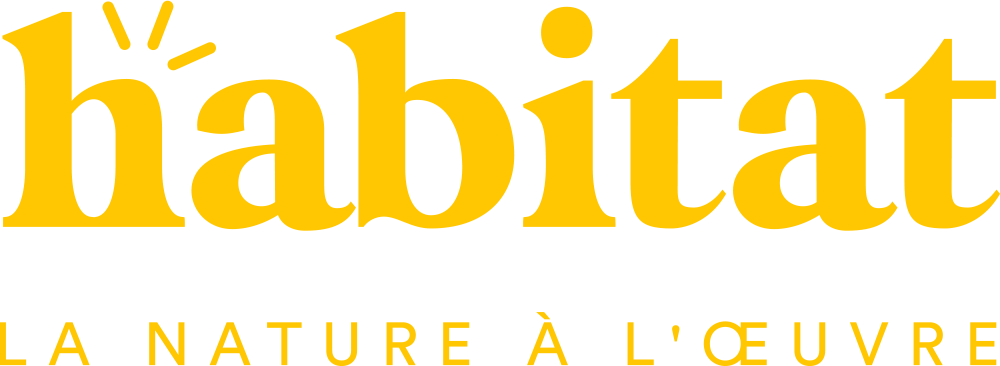Habitat helps you implement greening strategies with the Oasis Program
In the current climate change context, Quebec communities are facing an increasing number of extreme weather events, such as oppressive heat waves, heavy rainfall and accelerated thawing episodes leading to rapid melting of snow cover.
The flooding episodes of recent years have highlighted the limitations of traditional approaches to managing runoff and, more generally, grey infrastructure (roads, sidewalks, sewers, etc.). It is now recognized that green infrastructure, i.e. natural environments and vegetated landscapes, makes an essential contribution to the well-being, quality of life and health of populations, notably by improving air quality, reducing noise and helping to mitigate the consequences of extreme climatic events.
In fact, green infrastructures help to capture runoff and encourage its infiltration into the soil, thus reducing pressure on the sewer system and the risk of overflow and flooding. Trees also evapotranspire, refreshing the air by releasing water absorbed from the ground in the form of vapour, thus playing a major role in regulating temperatures and, by extension, combating urban heat islands.
What is the Oasis program?
The Oasis Program provides $113.6 million in financial support for municipal organisations and indigenous communities to plan and carry out greening projects that help them better adapt their environments to the impacts of climate change.
The Oasis program stems from the Plan for a Green Economy 2030 and its implementation plan, axis 3 of which aims to strengthen Quebec's resilience to the impacts of climate change.
How can Habitat help you green your business?
Habitat, your Component 1 program specialist, is able to perform all of the following activities:
Spatial analysis of the risks associated with heat waves and intense precipitation over the whole territory, taking into account current and future climate, as well as vulnerable populations.
Integrated planning of adaptation solutions, including physical (e.g., green infrastructure) and non-physical (e.g., regulatory changes) interventions to prevent and mitigate the impacts of identified risks related to the effects of climate change.
Analysis of the costs and benefits of the proposed adaptation solutions, i.e. qualitative and quantitative evaluation of the benefits in comparison with the costs associated with the different solutions.
Analysis of the resilience of planned green infrastructure, which is a prerequisite for the implementation of projects under the second component of the Oasis program. This analysis demonstrates that the applicant has taken into account the current and projected impacts of climate change on the green infrastructure it plans to implement. In this way, the government hopes to avoid what is known as maladaptation to climate change.
The Habitat team is already working with a number of organisations, including the Drummond RCM and the City of Nicolet.
5 steps to Oasis Program funding
Consult theStream 1 Project Submission Guidefor full details on submitting a project.
Tip: If you have any questions, contact us atOur team is highly responsive and will be delighted to help you!Fill in theProject presentation form (part 1)
Tip : You don't have to check all the boxes and complete all the activities to obtain funding. For example, you could start by selecting the spatial analysis of heat wave and intense precipitation risks and the integrated planning of adaptation solutions to begin these steps, and then reapply to carry out the activity of analyzing the costs and benefits of the adaptation solutions envisaged.At the same time, complete thebudget section 1to provide details of your project expenses, as well as theSchedule of project activities
Tip: Habitat can provide information on activity descriptions, budgets and schedules to help you submit your project and save you time!
Review the list of other documents to be filed on page 9 of thenormative framework
Tip: This mainly involves a resolution from the decision-makers of the requesting organisation and letters of commitment from potential project partners.
Send your documents to the program e-mail address: oasis@environnement.gouv.qc.ca
That's all there is to it!
Shall we get started right away?
The Oasis program will come to an end on March 31, 2026, and projects must be completed by March 31, 2029 for phase 2 (3-year projects), and by March 31, 2028 for phases 1 and 3 (2-year projects).So there's no time to lose: it's time to work together to green our towns and villages!
To find out more about the Oasis program and the supportHabitat can provide, get in touch with our experts.


